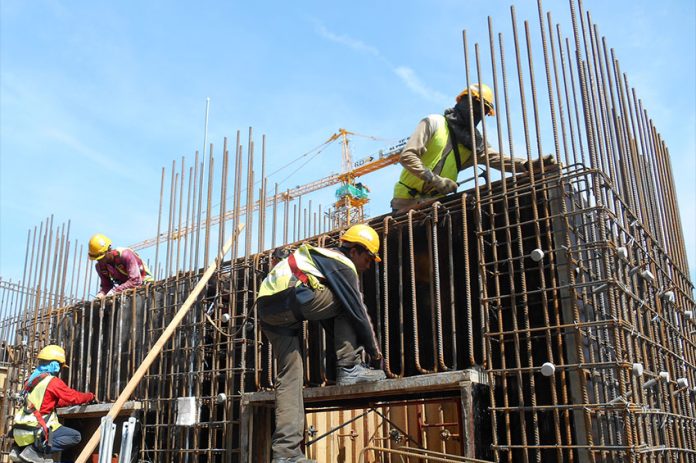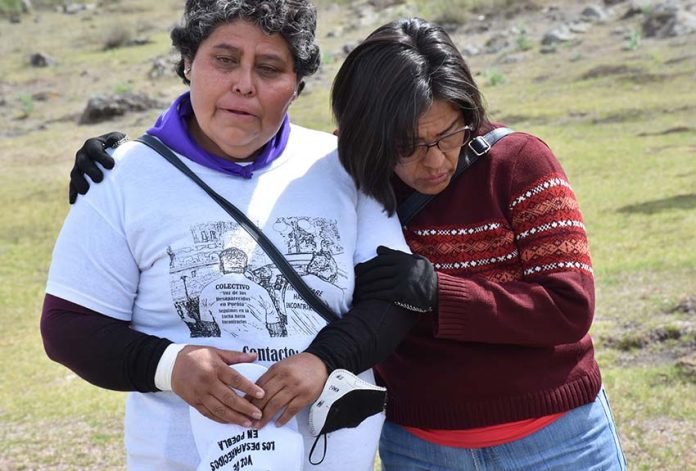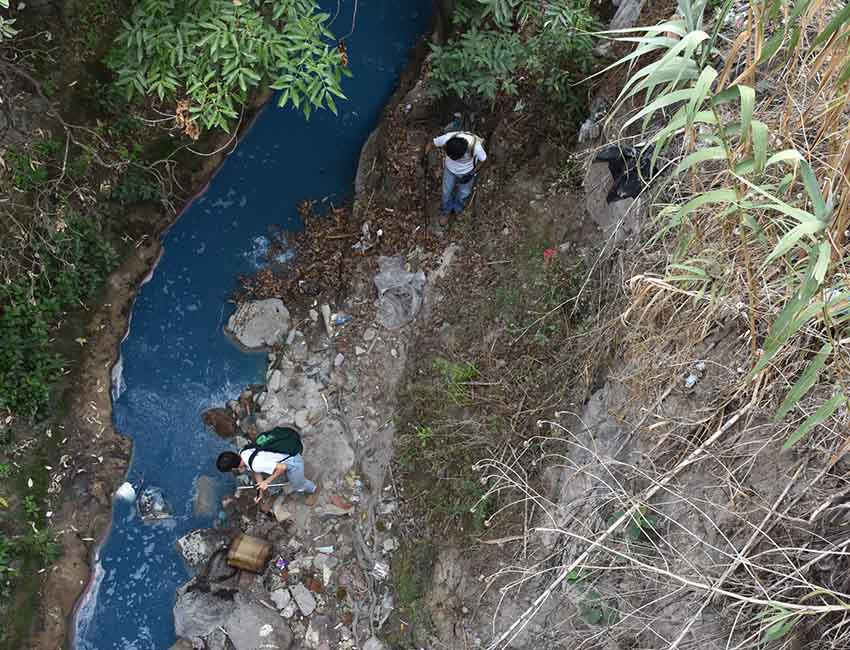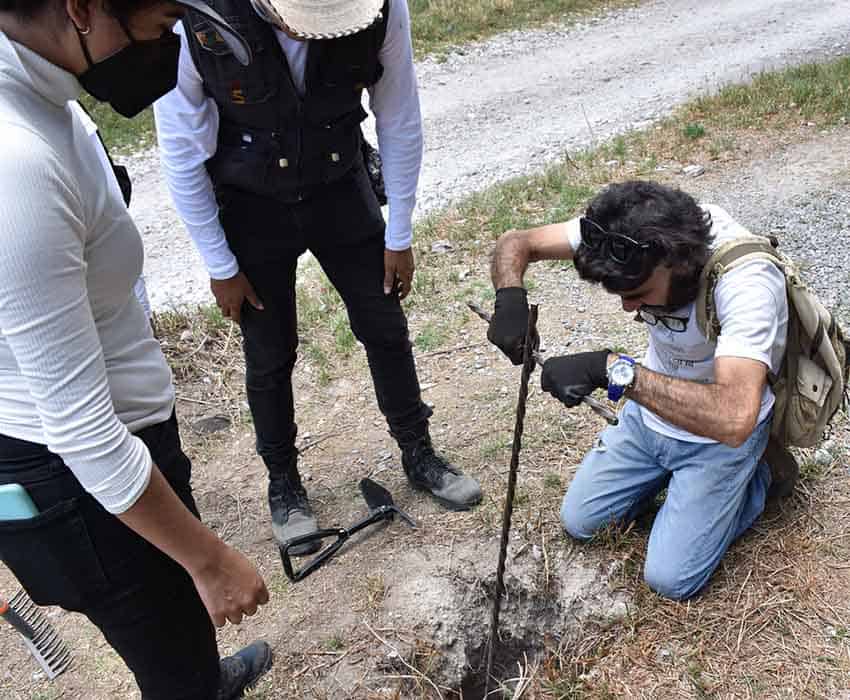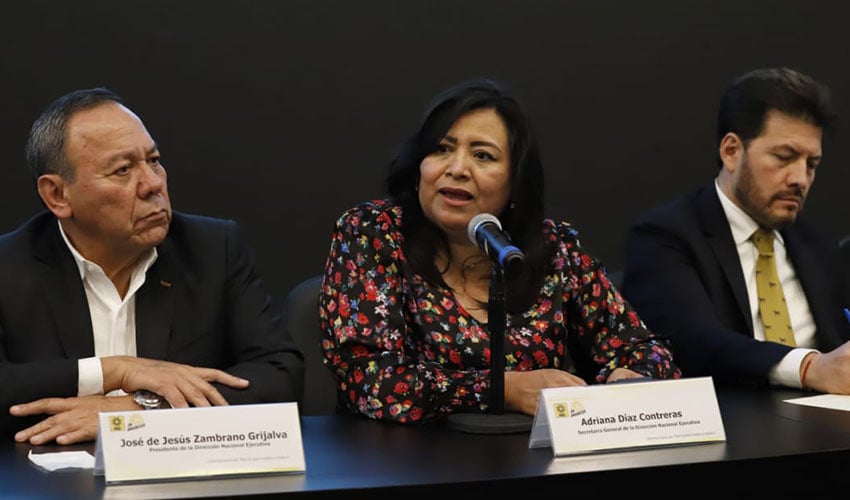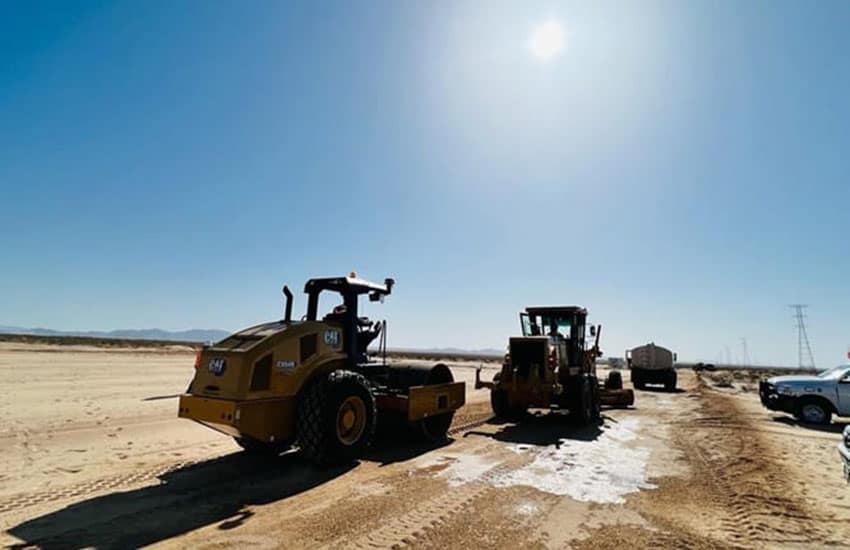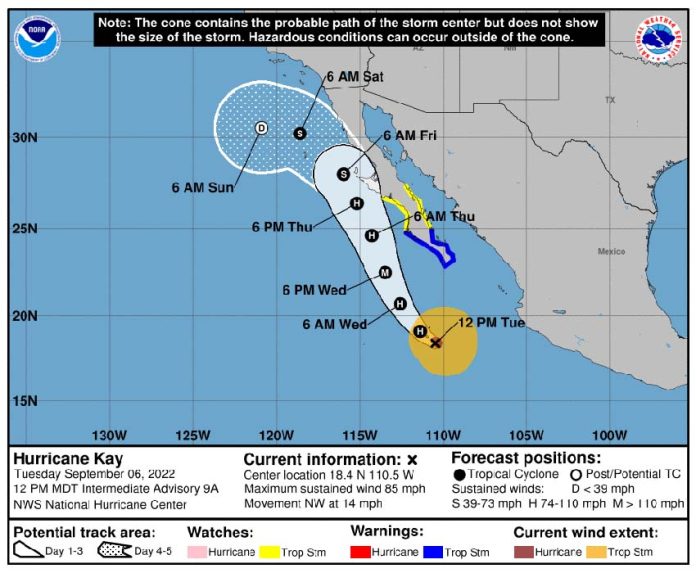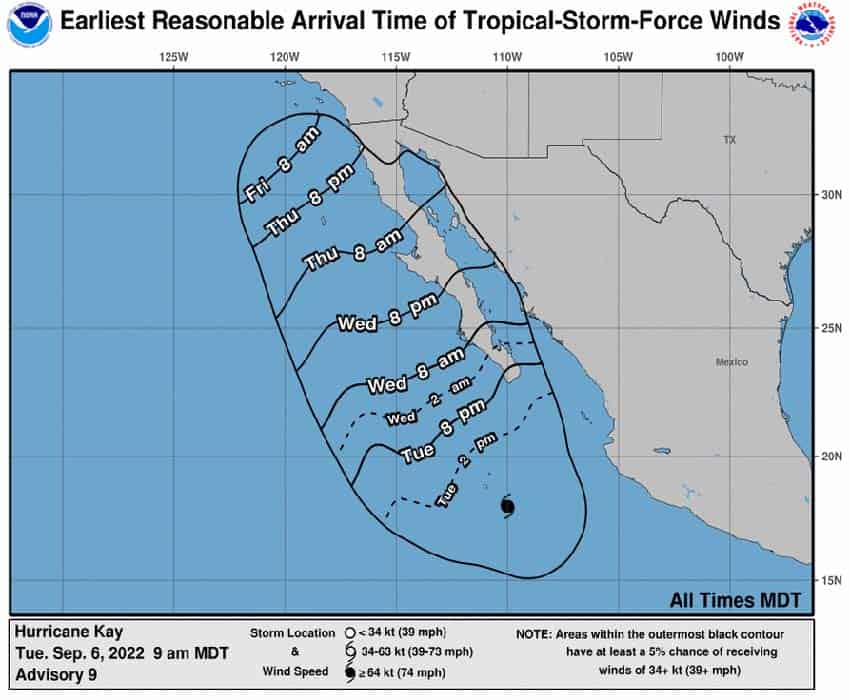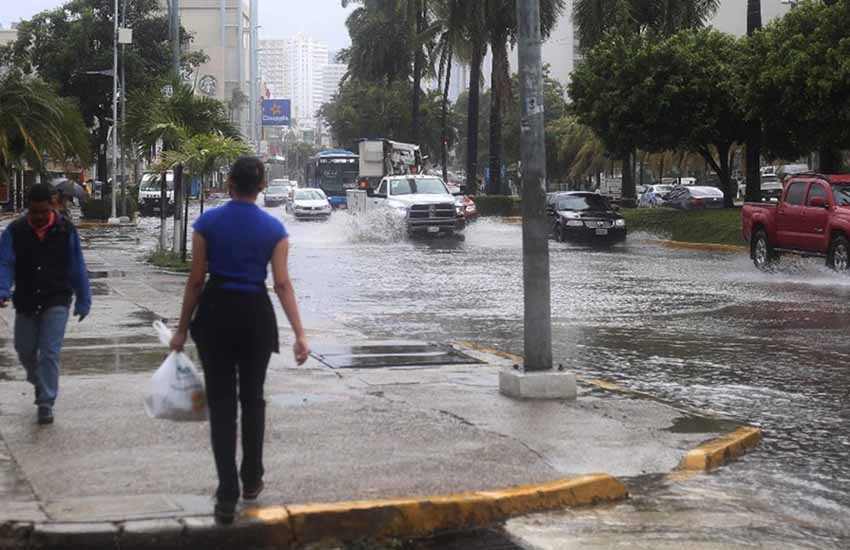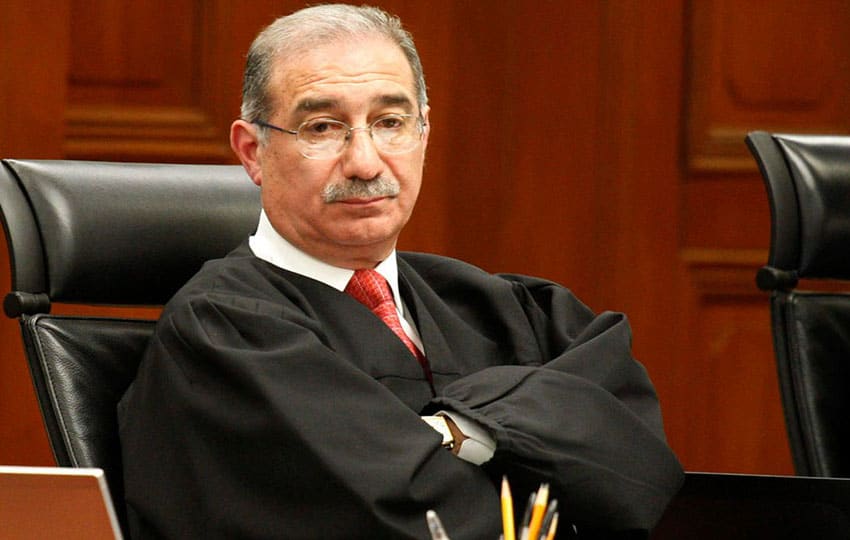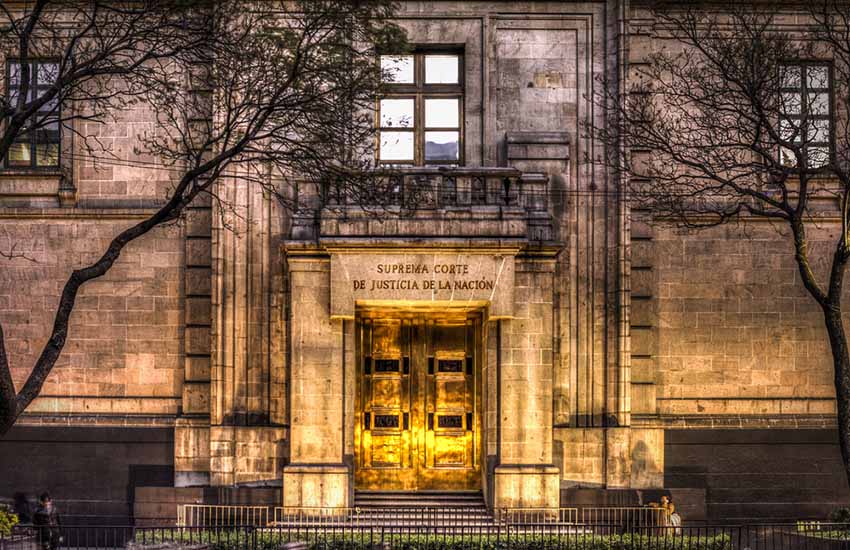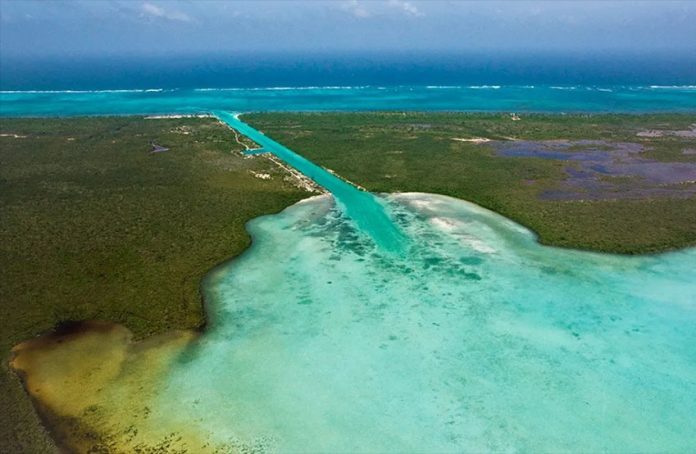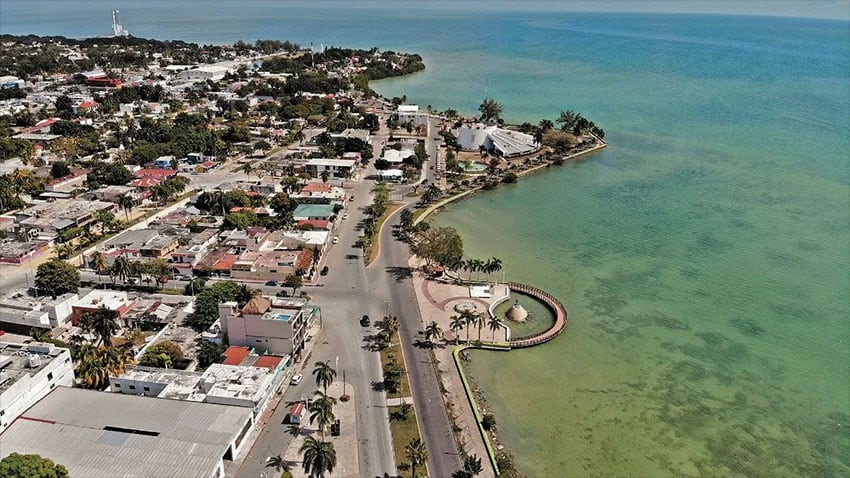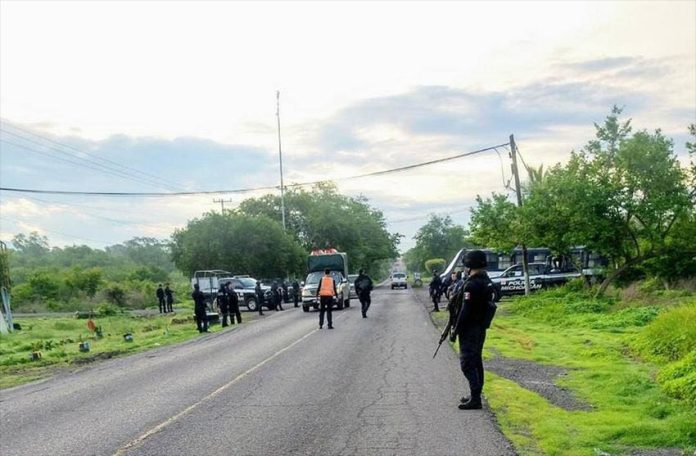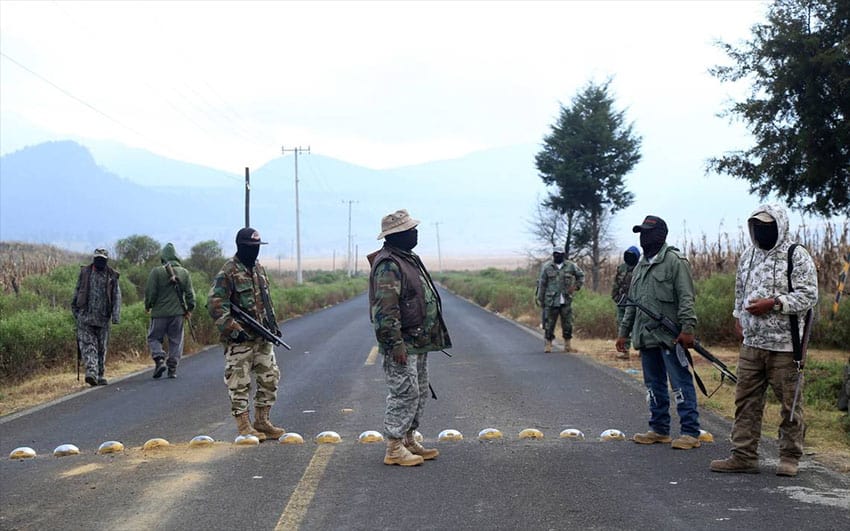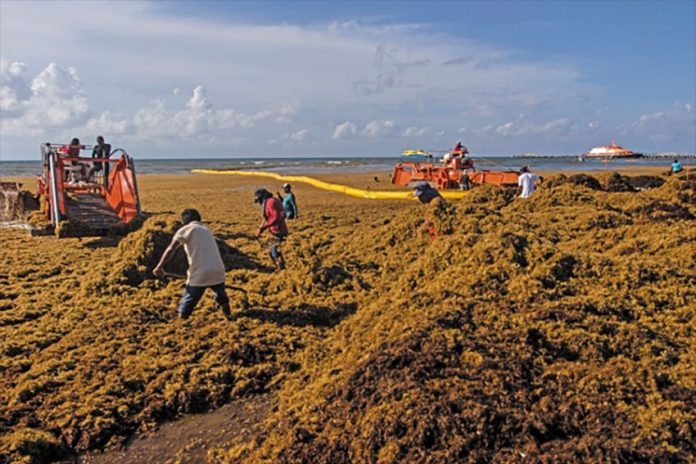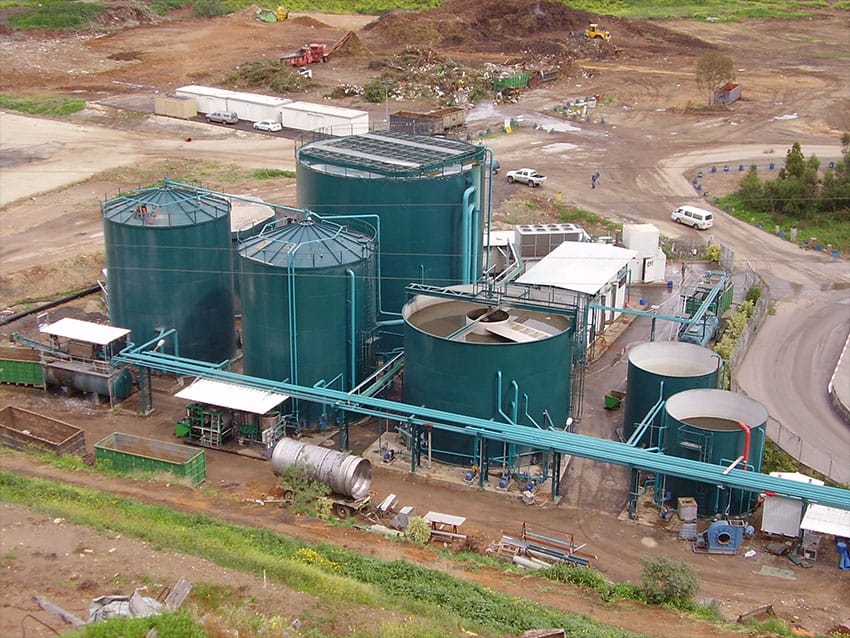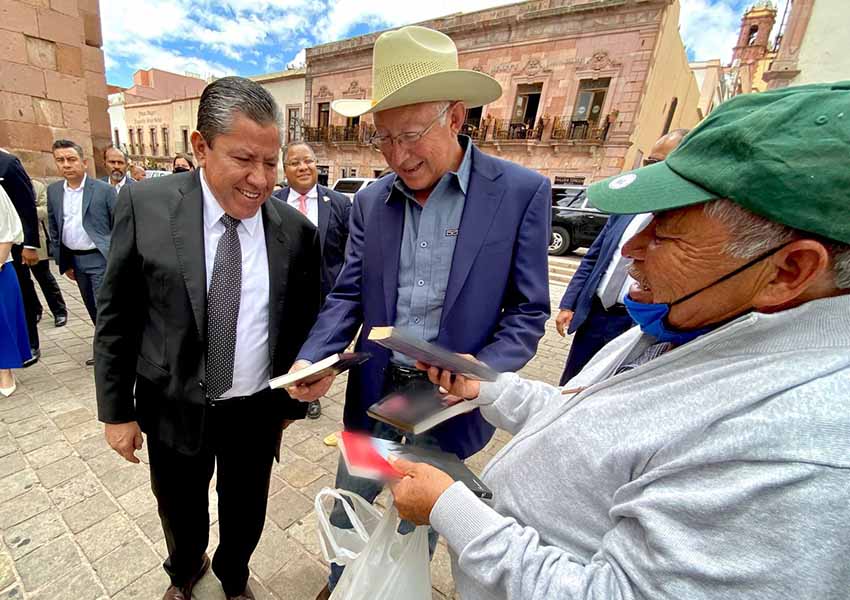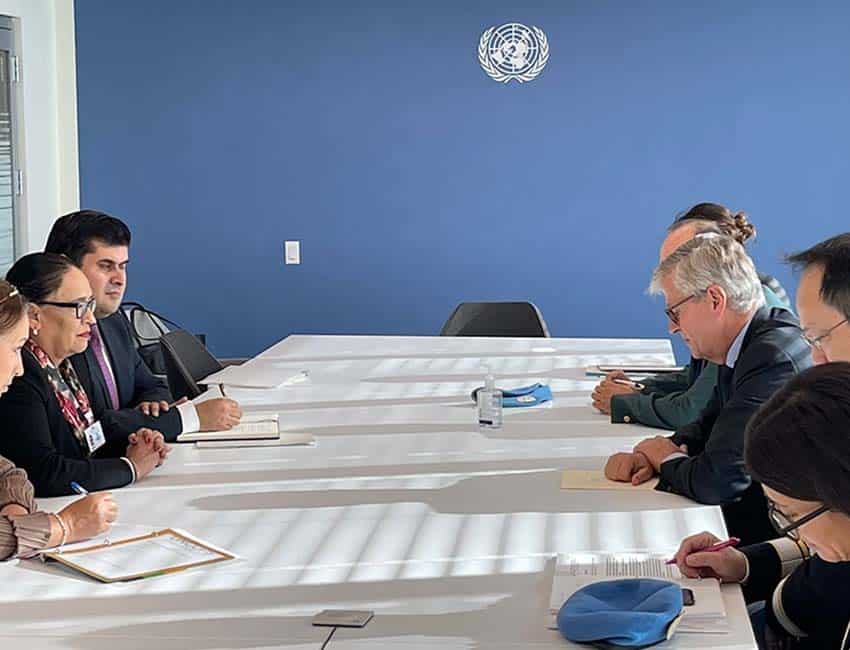A net total of more than 157,000 formal sector jobs were created last month, the best result on record for the month of August.
The Mexican Social Security Institute (IMSS) reported Monday that the total number of IMSS-affiliated jobs rose by 157,432 in August to more than 21.23 million. Last month’s result was a 0.7% improvement compared to July.
The financial group Banco Base noted that formal employment has recovered fully from the pandemic-induced downturn, with the total number of positions 3% higher than in February 2020.
IMSS said that a net total of 616,718 jobs were created in the first eight months of the year, 76.2% of which are permanent positions. Almost 87% of the more than 21 million IMSS-affiliated jobs are permanent.
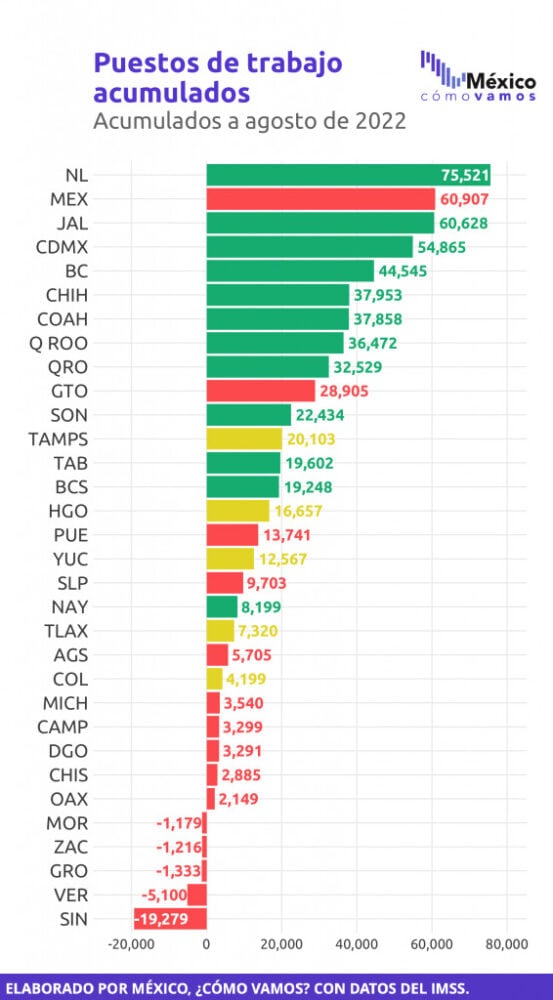
In the 12 months to the end of August, just over 816,000 jobs were created, IMSS said, lifting the total number of people employed in the formal sector by 4%.
In August, almost 20,000 jobs were created in Mexico City, the highest figure among the 32 federal entities. Nuevo León, where over 18,000 formal sector jobs were added to the IMSS books ranked second, followed by Jalisco, México state and Coahuila.
The only states where the number of formal sector jobs decreased last month were Morelos and Guerrero.
Over the past year, Baja California Sur recorded the strongest job growth in percentage terms, with the total number of positions up by 13.6%. Tabasco (13.5%) and Quintana Roo (10.7%) were the only other states with formal sector job growth above 10%.
The economies of both Baja California Sur and Quintana Roo – home to destination such as Los Cabos and Cancún – are heavily dependent on tourism, which was hit hard by the pandemic and associated restrictions. However, the sector has recovered strongly, allowing tourism-related businesses to increase their workforces.
Government infrastructure projects such as the Dos Bocas refinery and the Maya Train likely boosted employment in Tabasco, President López Obrador’s home state.
All 32 states recorded net job growth in the past 12 months, with seven states – Hidalgo, Nayarit, Yucatán, Querétaro, México state, Tlaxcala and Nuevo León – reporting figures of 5-9%. Sixteen states recorded job growth of 2-4%, while the figures for six states were below 2%.
Among the latter group, Sinaloa was the worst performer with the total number of formal sector jobs up by just 0.7% over the past year. San Luis Potosí, Zacatecas, Aguascalientes, Campeche and Michoacán recorded job growth between 1.3% and 1.5%.
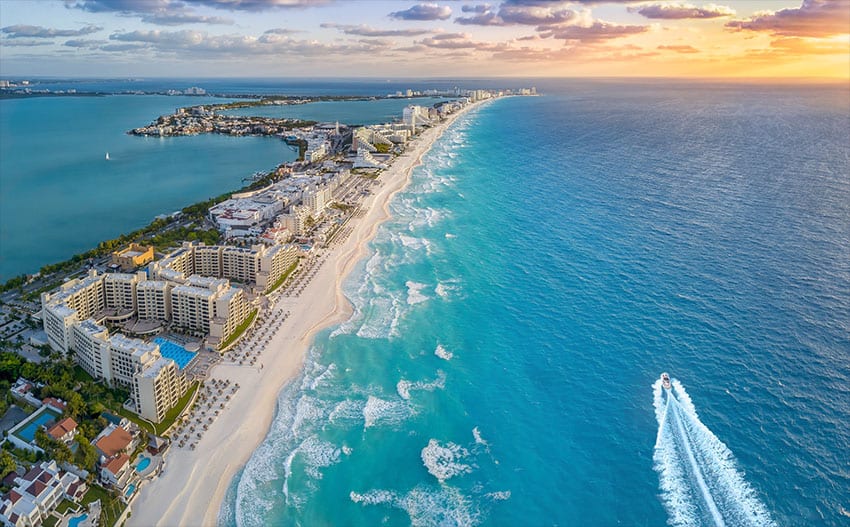
Among the different sectors of the economy, transport and communications recorded the biggest job growth in annual terms with the total number of positions up by 8.6%. The construction sector ranked second with the number of people it employs up by 5.3%, followed by the commercial sector with growth of 4.1%.
IMSS also reported that the average base salary of formal sector workers was 484.3 pesos (US $24) per day in August.
“This [average] salary represents an annual increase of 11.5%, the highest registered for any month in the last 20 years,” the institute said.
Data shows that the unemployment rate in Mexico (considering formal and informal sector workers) was just 3.2% in the second quarter of 2022, but over 49 million Mexicans – almost 40% of the population – were considered to be living in situations of in-work poverty due to their low salaries. Women were slightly more likely than men to be in situations in which they work but cannot afford all basic necessities.
With reports from Proceso and Publimetro
